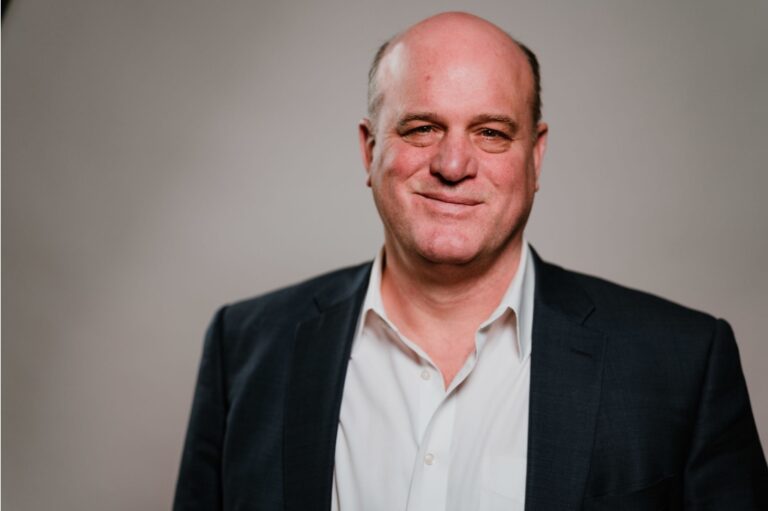
Dreams That Help People Find Hope and Meaning at Life’s End
Our culture tends to avoid thinking about death. Even though we know it is inevitable, we tend to act as though it doesn’t actually pertain to us. As a result, most of us have spent little time learning how people find hope and meaning at life’s end. The intense dreams and visions that dying people report may seem strange. In this interview, hospice doctor Christopher Kerr shares his research on this unusual topic.
You may want to listen through your local public radio station or get the live stream at 7 am EDT on your computer or smart phone (wunc.org). Here is a link so you can find which stations carry our broadcast. If you can’t listen to the broadcast, you may wish to hear the podcast later. You can subscribe through your favorite podcast provider, download the mp3 using the link at the bottom of the page, or listen to the stream on this post starting on June 10, 2024.
Helping People Find Hope and Meaning at Life’s End:
Dr. Kerr begins our interview with a description of his father’s death and how it affected him at age 12. In that sense, he says, the topic of dying chose him. Nonetheless, he was unprepared when he accepted a position as a hospice doctor. It wasn’t a topic that was covered in medical school, so he learned from his patients and from the nurses caring for them. In one of his first encounters, he thought that providing the optimal medical care he had ordered for a patient with AIDS would buy him some time. But the nurse suggested that the patient dreaming repeatedly and intensely about his mother suggested instead that he was actively dying. She was right. He came to appreciate the power of the visions and dreams people have leading up to the moment of death.
Studying Pre-death Dreams and Visions:
Dr. Kerr felt that it was crucial to study this phenomenon objectively, recognizing that as the only way to get his medical colleagues to take the topic seriously. He also felt it was essential to center the patient’s experience. In his first study, patients responded to standardized questions about their dreams. Their answers, however, were far from standard.
We Die as We Have Lived:
One thing that Dr. Kerr recognized is that there is continuity between people’s lives and their deaths. The people and themes that were important during their lives most frequently show up in the visions they report as they near death. Many hospice patients find their dreams of deceased relatives very comforting. Others find that their dreams, which may be extremely intense, help them come to peace with traumatic events earlier in their lives.
Sometimes such visions are attributed to confusion, dementia or delusion caused by illness. In contrast, Dr. Kerr and his team found that people with dementia rarely report this type of vision. To provide perspective for those analyzing the dreams, he had the interviews with patients videotaped. Observers can see that patients reporting their experience are cogent and coherent, not at all confused. Being able to understand how these dreams help patients find hope and meaning at life’s end is also valuable to their families. Health professionals can also provide patients with better support if they learn how to value such visions.
Helping Families Deal with Impending Death:
The “silos” in our health care system may not always serve patients and their families very well. Dr. Kerr described an instance in which the family was told that the imaging showed that the tumor was not progressing. The doctor recommended that the patient return in two months for a follow-up study. Yet this patient was sleeping most of the time and eating less than a quarter of his usual servings. As a result, he was losing weight and strength. For the family, learning that the patient was dying helped them shift to showing him that he was loved rather than focusing on a cure.
Children’s Visions at Life’s End:
Dr. Kerr was concerned about how he would address the topic of death with Jessica, a patient who was only 13 years old. He did not have to. She told him that her dead dog Shadow came to her in her dreams, running and playing as he had when he was healthy. That made her happy, and she also told Dr. Kerr that she was not afraid that she would be alone. She was sure Shadow would be there with her.
An Old Soldier Finds Meaning at Life’s End:
One of Dr. Kerr’s patients was a veteran of World War II. As a very young man, he had participated in D-Day. On Omaha Beach, he was responsible for collecting the wounded. He tried to get them back to the ship where they could be treated. But many men did not survive that battle, and the sea ran red with blood. The horror of this experience had haunted him ever since. He would not discuss what he had seen with his children, but his wife knew that he often woke screaming from nightmares.
During his time in hospice, he had two dreams that helped him find hope and meaning at life’s end. One helped him relive the day he got his discharge papers from the Army. In the other, he saw the men that he had rescued and those he had not been able to rescue. They told him they’d be coming for him soon. That sounds terrifying, but he found it comforting. They made it clear that he was one of them, appreciated and loved. Consequently, the guilt he had felt his entire life about not saving them was gone.
This Week’s Guest:
Christopher Kerr, MD, PhD, is CEO & CMO of Hospice & Palliative Care Buffalo.
Dr. Kerr and the research team at Hospice & Palliative Care Buffalo have spent years researching the impact of end-of-life experiences on hospice patients and their families. By understanding the nature of these experiences and the role they play in the dying process, Dr. Kerr and his team are working to improve the quality of hospice care in Buffalo and beyond. Dr. Kerr is the author of Death Is But a Dream: Finding Hope and Meaning at Life’s End.
The People’s Pharmacy is reader supported. When you buy through links in this post, we may earn a small affiliate commission (at no cost to you).
His website is https://www.drchristopherkerr.com/

Christopher Kerr, MD, PhD, is author of Death Is but a Dream: Finding Hope and Meaning at Life’s End
Listen to the Podcast:
The podcast of this program will be available Monday, June 10, 2024, after broadcast on June 8. You can stream the show from this site and download the podcast for free.
Download the podcast

